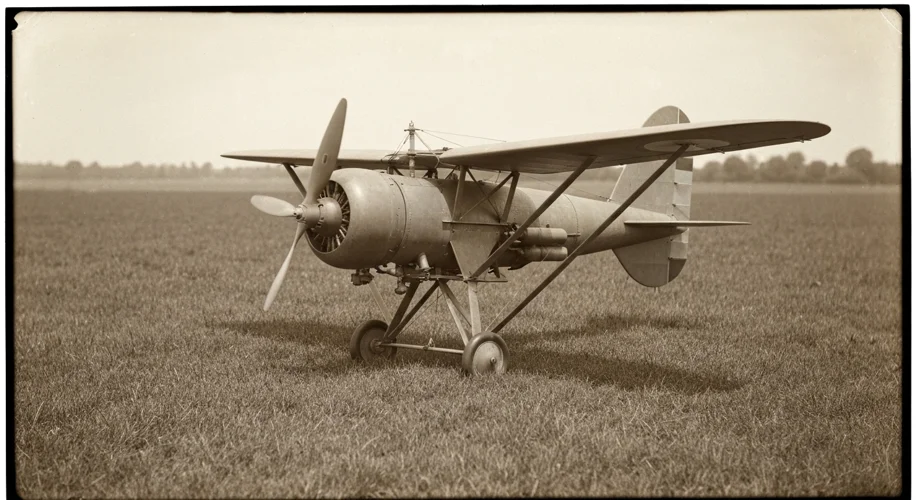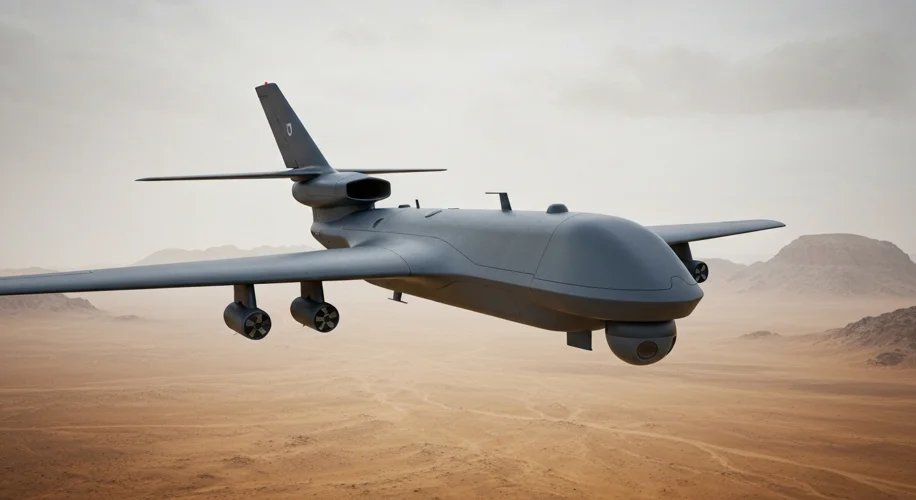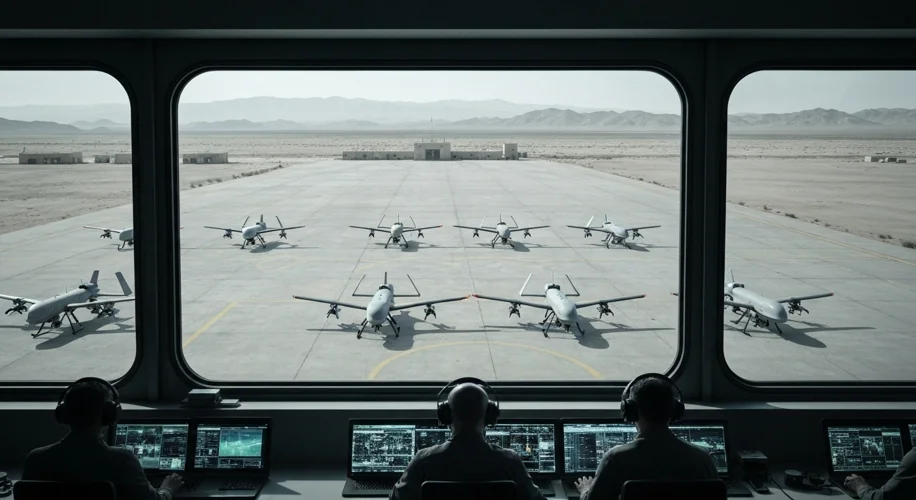The sky above the battlefield has always been a coveted vantage point. For centuries, commanders peered through telescopes, dispatched cavalry scouts, or sent reconnaissance balloons aloft, all in a desperate bid to understand the enemy’s disposition. But imagine a scout that never tires, never feels the bite of fear, and can fly where no human dare. This is the dream that gave birth to the Unmanned Aerial Vehicle, or drone, and its journey from fanciful concept to a formidable tool of modern warfare is a captivating saga.
Long before the sleek, buzzing machines of today, the concept of an unmanned flying weapon flickered in the minds of inventors and strategists. As early as the Austro-Prussian War of 1866, the Austrian army experimented with unmanned, bomb-filled balloons, launched towards Venice. While primitive and largely ineffective, these “balloon bombs” represented a nascent understanding of remote warfare. The idea persisted, gaining traction with the advent of aviation. World War I, a crucible of innovation, saw more serious attempts. The “Aerial Torpedo,” developed by American inventor Kettering, was essentially an early cruise missile – a pilotless aircraft designed to fly a predetermined course and drop its payload. Though it never saw combat service in that war, it laid crucial groundwork.

The interwar years and World War II witnessed a significant acceleration. The British developed the “Queen Bee,” a radio-controlled target drone used for anti-aircraft gunnery practice. This was a critical step: proving the viability of remote control for aircraft. Meanwhile, Germany’s V-1 flying bomb, a pulsejet-powered cruise missile, struck terror into Allied cities, showcasing the destructive potential of unmanned aerial weapons, albeit with rudimentary guidance systems.
The Cold War, with its constant undercurrent of tension and proxy conflicts, provided fertile ground for further drone development. The need for persistent reconnaissance over heavily defended territories, without risking pilots’ lives, became paramount. Israel, facing existential threats, became an early adopter and innovator. During the Yom Kippur War in 1973, Israeli drones, like the “Scout” and “Pioneer,” were used extensively for intelligence gathering, proving their worth by drawing enemy fire and providing vital battlefield awareness. These early reconnaissance drones were often relatively simple, launched by catapults and recovered by nets, but their strategic impact was undeniable.
The United States also invested heavily in UAV technology. Projects like the Ryan Firebee, initially a target drone, were adapted for reconnaissance missions, even carrying cameras and electronic intelligence equipment. The Vietnam War, a complex and attritional conflict, provided another proving ground. Drones offered a way to gather intelligence on enemy troop movements and fortified positions without the immense risk associated with manned reconnaissance flights deep into hostile territory.
The true revolution, however, began to unfold in the late 20th and early 21st centuries. Advancements in satellite technology, GPS, miniaturization of electronics, and sophisticated software transformed drones from simple target practice machines into versatile platforms capable of complex missions. The Predator drone, entering service in the mid-1990s, marked a paradigm shift. Initially designed for reconnaissance, its ability to be armed with missiles like the Hellfire transformed it into a platform for targeted strikes. This capability, demonstrated with increasing frequency in conflicts in the Balkans, Afghanistan, and Iraq, fundamentally altered the calculus of air power.

The implications were profound. Drones offered persistent surveillance, the ability to loiter over an area for extended periods, and, crucially, the capacity to strike targets with precision, often with reduced risk to friendly forces. This presented a tempting solution for governments seeking to project power and counter threats without the political and human costs of deploying manned aircraft or ground troops. The “War on Terror” saw the widespread deployment and refinement of armed drones, making them an almost ubiquitous feature of the modern battlefield. Operators could now control these aircraft from thousands of miles away, blurring the lines between the front lines and the home front.
However, this technological leap was not without controversy. Ethical debates raged about the morality of “remote” killing, the psychological impact on drone operators, and the potential for civilian casualties due to misidentification or technical errors. The legal frameworks surrounding drone warfare, particularly concerning targeted killings outside declared war zones, remained a subject of intense international scrutiny.

From the rudimentary balloon bombs of the 19th century to the sophisticated, armed intelligence platforms of today, the history of drones in warfare is a story of technological evolution driven by the perpetual quest for strategic advantage and reduced risk. They represent a fundamental change in how wars are fought, offering unprecedented capabilities but also raising complex ethical and political questions that continue to shape the future of conflict. The silent sentinels have indeed arrived, and their story is far from over.

